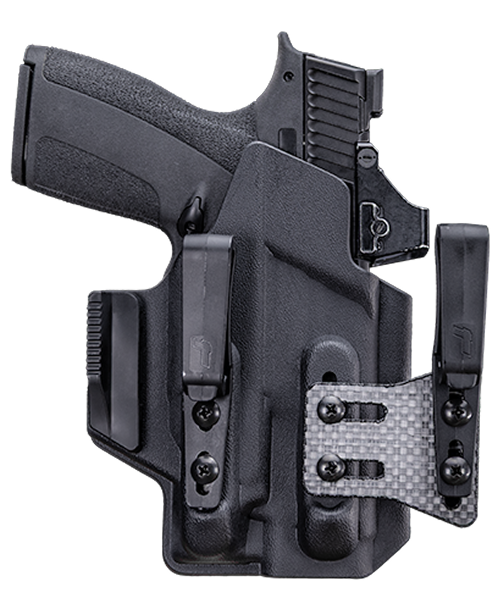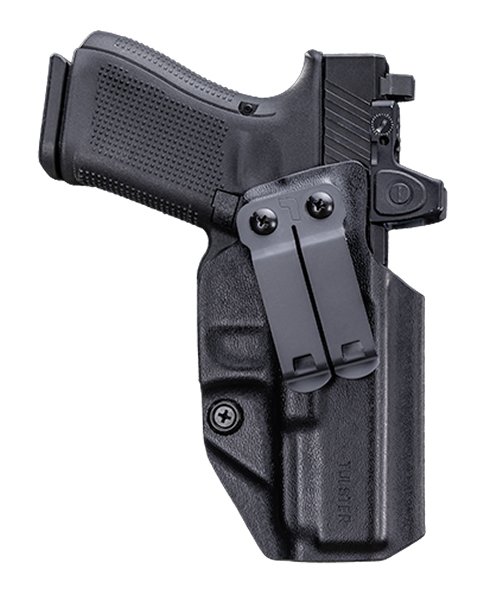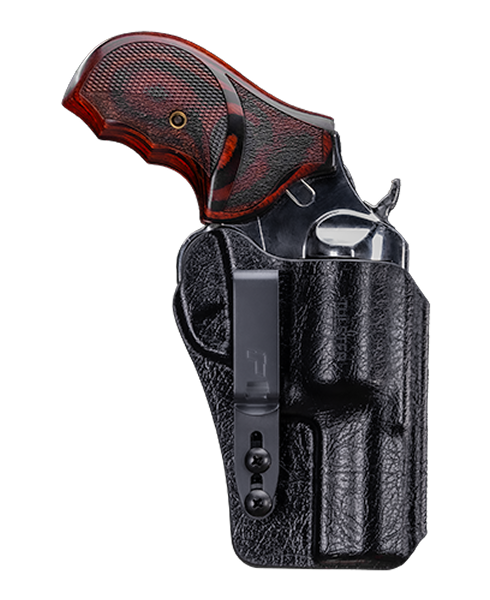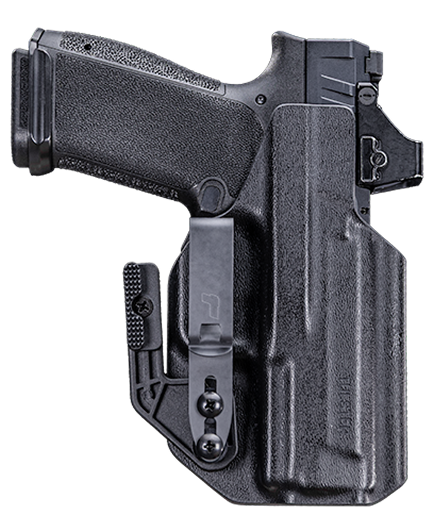The Springfield Armory Hellcat .380 Is Here
Posted by Noah Ross on Oct 14th 2025
Introducing the Springfield Hellcat .380: Trusted Platform With A New Caliber
Springfield Armory’s Hellcat has already made a name for itself in the concealed carry world as a micro-compact 9mm pistol with class-leading capacity, optics-ready flexibility (OSP), and reliable performance. Which is why they are launching a Hellcat variant in .380 ACP, featuring the same compact footprint, slide geometry, and controls, but tuned for the lower recoil and pressures of the .380 round. The promise: easier shootability for sensitive shooters, lower recoil impulse, perhaps a slightly longer service life for parts, all while retaining the carry-friendly dimensions and optics compatibility.
The Hellcat .380 offers a very impressive flush-fit capacity of 11+1 and an extended mag of 13+1. This pistol keeps the Hellcat's ergonomics and features while lowering with the snappier 9mm recoil in a micro frame. It would also provide an interesting “soft-shooting carry” or as a walking-around gun for deep concealment.
Springfield has officially, as of today, released this Hellcat in .380 ACP. The demand for soft-shooting, high-capacity micro .380 pistols and the trend of other manufacturers offering .380 variants suggest it’s a concept with some merit. Enthusiasts in Springfield forums have long debated the desirability of a Hellcat .380, especially for smaller-handed or recoil-sensitive shooters.
The Utility of .380 ACP in 2025’s Concealed Carry Landscape
The .380 ACP (also known as 9×17mm) often lives in the shadow of its more powerful sibling, the 9mm Luger, but it still holds relevance — especially in the micro- and ultra-compact carry categories. Here’s how .380 stacks up today:
Advantages of .380 for Concealed Carry
-
Reduced Recoil
Because it operates at lower pressures and propels lighter bullets than 9mm, .380 generally produces a softer recoil impulse. This can make it more controllable in very small frames or for shooters who are recoil-sensitive. Per USCCA -
Smaller, Lighter Platforms
Pistols optimized for .380 can shave off some weight or allow slimmer slide profiles, making deep concealment or everyday carry more comfortable. For backup guns or pocket carry, a .380 package can be attractive. -
Manageability for Beginners or Weak-Hand Shooters
For people just starting with pistols, older carriers, or those with hand or wrist limitations, .380 offers a gentler training curve while still delivering a viable defensive cartridge.
Limitations and Tradeoffs
-
Reduced Stopping Power
Ballistically, .380 ACP lags behind 9mm in terms of velocity, energy, and (to some extent) penetration or terminal performance, particularly beyond close distances. Many self-defense trainers and organizations still prefer 9mm for its better performance margins. -
Ammo Availability & Cost
Although .380 ammo is still relatively common, its selection is more limited compared to 9mm, and premium defensive .380 rounds can be more expensive or harder to find in bulk. -
Capacity vs. Caliber Tradeoff
Because .380 is a smaller cartridge, designers often have to balance magazine capacity and grip size. Some .380 micro pistols end up with lower capacities (e.g. 6+1 or 7+1) than many modern micro 9mm designs. However, modern manufacturing has proved otherwise with larger capacities coming forth. Per Gun Digest -
Ballistic Margin Under Stress
In real-world self-defense encounters, shooters face nerve-wracking stress, shots may not be perfect, and multiple hits can matter. The extra margin offered by 9mm can be valuable, especially against barriers, intermediate cloth, or in adverse conditions. Not to mention the stopping power that comes with 9mm.
Where .380 Fits Best Today
In 2025, .380 is no longer the “top dog” for concealed carry — modern micro 9mms such as the SIG P365 series, Hellcat Pro (9mm), Glock 43X, and others encroach on the size and weight territory where .380 once reigned supreme. Nevertheless:
-
Backup / Deep-carry / Pocket Guns: .380 remains competitive for secondary carry, backup guns, or very deep concealment scenarios.
-
Soft-shooting Carry Option: Some daily carriers may rotate between a “hard-hitting main gun” and a lighter, lower-recoil .380 for low-stress days.
-
Bridging for Sensitive Shooters: For people who struggle with recoil, .380 allows training and carry without punishing discomfort — especially beneficial in high round-count practice sessions to build confidence without fatigue.
Final Thoughts
The Springfield Hellcat .380 lends itself as potentially one of the premier .380 options — combining one of the most successful micro-compact platforms with a gentler cartridge could fill the growing niche in the carry market. In today’s world, .380 still has a role, especially in extreme concealment or for shooters seeking lower recoil. But its viability depends on balancing that trade-off: sacrificing some ballistic performance for better shootability and concealment. As micro-9mm designs continue to push smaller and more efficient, the real test for .380 will be whether it remains a lifestyle convenience or becomes a competitive option in the modern carry race.














